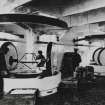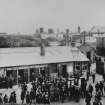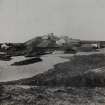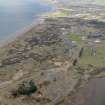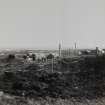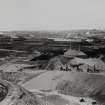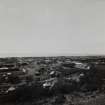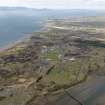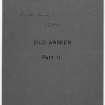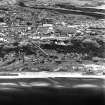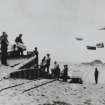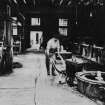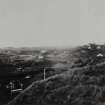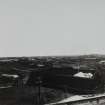Pricing Change
New pricing for orders of material from this site will come into place shortly. Charges for supply of digital images, digitisation on demand, prints and licensing will be altered.
Ardeer, Ici Works, Nobel's Explosives Factory
Explosives Factory (19th Century) - (20th Century)
Site Name Ardeer, Ici Works, Nobel's Explosives Factory
Classification Explosives Factory (19th Century) - (20th Century)
Alternative Name(s) Nobel's Explosives Factory; Irvine Harbour; River Garnock
Canmore ID 185294
Site Number NS23NE 1
NGR NS 2862 3995
NGR Description Centred NS 2862 3995
Datum OSGB36 - NGR
Permalink http://canmore.org.uk/site/185294
- Council North Ayrshire
- Parish Stevenston
- Former Region Strathclyde
- Former District Cunninghame
- Former County Ayrshire
NS23NE 1.00 centred 2862 3995
NS23NE 1.01 NS 285 396 Explosives Factory (Detonator Department, Fusehead Production)
NS23NE 1.02 NS 285 396 Explosives Factory (Blasting Explosives and Cartridging Department)
NS23NE 1.03 NS 286 398 Explosives Factory (Nitro-Glycerine Hill No.2)
NS23NE 1.04 NS 294 390 Explosives Factory (Shore magazines)
NS23NE 1.05 Cancelled site see NS33NW 65
For (associated) Irvine harbour (to E and SE), see NS33NW 40.00.
The Nobel's Explosives Factory is situated between the sea and the River Garnock, W of Irvine. The factory is now closed with much of the large site now cleared. During World War I a coastal battery was built on the shore to defend the factory from being attacked from the sea.
J Guy 2001; NMRS MS 810/11, Vol.1, 67-8.
Ground Survey (1998)
NS 303 385 (centre) A field survey was undertaken of the tip of the Ardeer peninsula outside the limits of the Nobel/ICI explosives factory at the confluence of the River Garnock and River Irvine in advance of a proposed development. This area of 9ha is located in an area of natural estuarine deposits and sand dunes that have been artificially enclosed and infilled with dredge material. A number of groynes present along the shores of both rivers, and the topography of the site, suggests that earlier dredge deposition has taken place, but this is now largely obscured by the late 19th/early 20th-century dredging and land reclamation deposits.
The NE part of the site is dominated by an artificial lagoon with a sluice gate that allowed water to flood the southern part of the site which consists of mud flats and partially submerged dunes. The NW part of the site contains remains associated with the 'Harbourmaster's House' shown on the 1st edition OS map. It appears this building was demolished with explosives. These features are of late 19th/early 20th-century date.
An archaeological watching brief was carried out in October 1998 at the Big Idea development site. Dredge deposits of laminated sands with frequent iron pan lenses were present across the site up to a maximum depth of 2m. The main dredge deposit of black waterlogged and completely saturated laminated silty sand with moderate inclusions of organic matter was on average 1.2m deep.
The sluice gates associated with controlling the water flow from the main lagoon to an ancillary lagoon and part of the main lagoon?s retaining bank has been removed by the development works. No artefacts were recovered.
Sponsors: Building Design Partnership, Nobel Exhibition Trust.
F Baker 1998





















![Photographic copy of 1947: Oblique aerial view from SE of Ardeer, showing Cordite Department (foreground), Detonators (right), Blasting (left), and Nitric Acid and Nitro-cotton (top left). (See also Overlay 'D' for details [D 10471])](http://i.rcahms.gov.uk/canmore/l/SC02195470.jpg)



















![Photographic copy of 1947: Oblique aerial view from west-south-west of Ardeer, showing Administration buildings (centre), Africa House (foreground), and central area of factory (nitro-cellulose, acids etc) in middle distance. (See also Overlay 'A' for details [D 10465]).](http://i.rcahms.gov.uk/canmore/l/SC02195468.jpg)






























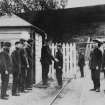
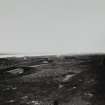



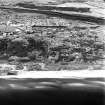
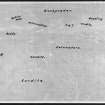

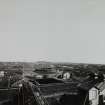


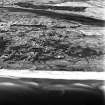
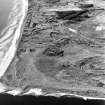
![Photographic copy of 1947: Oblique aerial view from SE of Ardeer, showing Cordite Department (foreground), Detonators (right), Blasting (left), and Nitric Acid and Nitro-cotton (top left). (See also Overlay 'D' for details [D 10471])](http://i.rcahms.gov.uk/canmore/s/SC02195470.jpg)
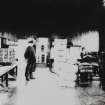

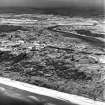
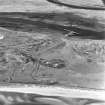
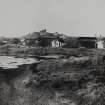
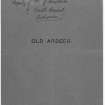




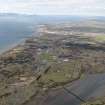
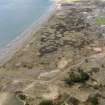





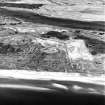
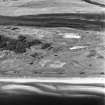
![Photographic copy of 1947: Oblique aerial view from west-south-west of Ardeer, showing Administration buildings (centre), Africa House (foreground), and central area of factory (nitro-cellulose, acids etc) in middle distance. (See also Overlay 'A' for details [D 10465]).](http://i.rcahms.gov.uk/canmore/s/SC02195468.jpg)
